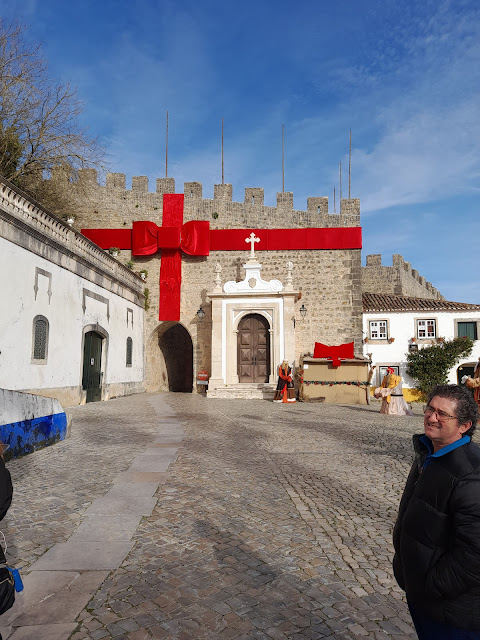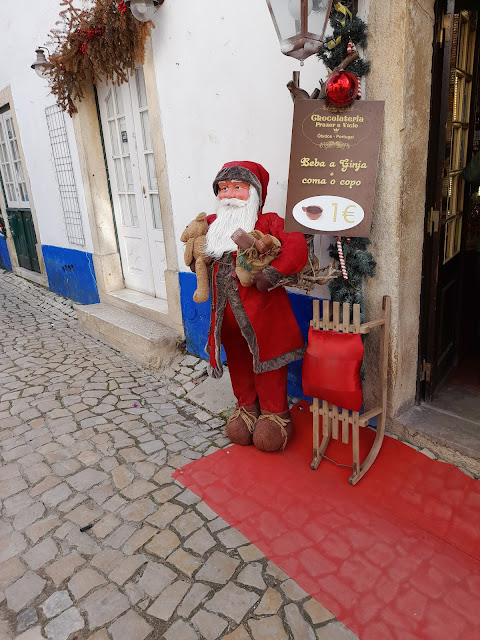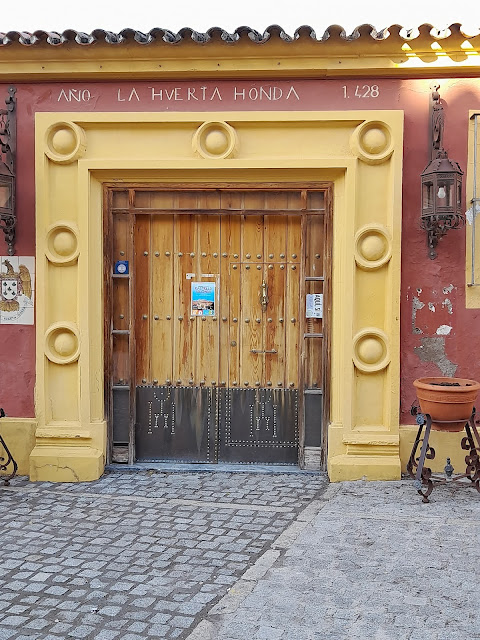Today we decided to take a trip to our neighbour Spain and go visit El Capricho de Cortina and Zafra.
El Capricho de Cortina
El Capricho is located in Badajoz, in Los Santos de Maimona. If you've been to Parc Guell in Barcelona you'll notice a lot of similarities BUT it's unique all on it's own. When in 1988 Francisco Gonzalez laid the first tile it was intended to be left for his 7 children.
Eventhough this served as a residence for the whole family, he wanted it to also be a tourist attraction during the day. This place also reminds one of other works such as Colomares Castle, a tribute to Columbus in Benalmadena.
However, in 2016, while he was driving, he felt unwell and, in the middle of El Pozo street, he ended up dying from a heart attack.
Its main door is also very interesting. It weighs no less than 400 kilos and had to be installed with the help of 12 people. Although sadly he could not finish his life’s work, his children continue his legacy with the aim of finishing it one day.
One of his daughters serves as a guide both inside and outside. If I may leave a suggestion it would be for her to be more considerate to her tourists and to speak slower😅One can (should) leave a donation as during the weekend it's free to visit.
Our first stop for breakfast was at Montemor
As with all our travels we always land up finding fury friends and here was no exception😸
He made himself comfortable and stayed with her during all of our visit.
Spectacular ceiling
Look at this door!
Zafra
Zafra is in the heart of Baja Extremadura and is knwn as "Little Seville".
The town is dominated by the 15th-century Alcázar (fortress). From the outside, it has a military appearance, but the interior resembles a palace. Note the Renaissance cloister in the central courtyard.
The medieval quarter stretches around the fortress, in a network of narrow streets that form a peculiar pattern that resembles the shell of a turtle. A stone wall from the 15th century used to surround it completely; today, only three of the eight gates that it formerly had are still standing.
Plaza Grande (Big Square), lined with arches, is at the heart of town. Its little sister, Plaza Chica (Small square) is connected to it through the popular "Arquillo del Pan" (the small arch of bread).
Zafra's monumental heritage is very rich, with great buildings such as the collegiate church of La Candelaria, erected in 1546, whose interior keeps three reredos, one of them by Zurbarán, and another one by Churriguera; the parish church of San José; several convents, most of which date from the 16th century; the hospital of Santiago, founded in the 15th century, and so forth. As for civil architecture, we have numerous ancestral homes from the 16th-18th centuries, as well as middle class homes from the 19th century.
Lunch at Zafra









































































































































